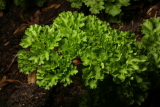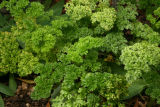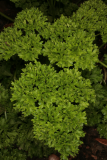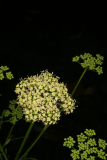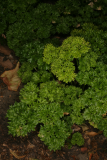Additional notes (click to expand)
Medicinal
Traditional Herbal Medicine Registration (THMR).
Culpeper;
'It opens obstructions both of liver and spleen, and is therefore accounted one of the five opening roots. Galen commended it against the falling sickness, and to provoke urine mightily; especially if the roots be boiled, and eaten like Parsnips. The seed is effectual to provoke urine and women's courses, to expel wind, to break the stone, and ease the pains and torments thereof'
Culpeper (attributed to) , N. Culpeper's Complete Herbal. W. Foulsham, London.
Other use
Used as a garnish or as a flavouring in salads and many cooked dishes.
Toxicity
Contains Apiol, and Elemicin, alkylbenzenes, which are probably carcinogenic in that they cause DNA changes. They are both genotoxic.
Contains 8-methoxy-psoralen, a furocoumarin, which is genotoxic and possibly carcinogenic. Produced adenomas and adenocarcinomas of the kidney, and adenocarcinomas of the Zymbal gland.
van den Berg, S.J.P.L., Restani, et al., P.. (2011). Levels of Genotoxic and Carcinogenic Compounds in Plant Food Supplements and Associated Risk Assessment. Food and Nutrition Science 2: 989-1010.
link
Geographical distribution
- Europe
Podcast
Petroselinum crispum (Mill.) Nyman ex A.W.Hill
Family: APIACEAEGenus: Petroselinum
Species: crispum (Mill.) Nyman ex A.W.Hill
Common names: Parsley; Persil
Pharmacopoeia Londinensis name: Petroselinum vulgare
Distribution summary: Widely cultivated & naturalised
Habit: Annual
Hardiness: H3 - Half hardy; unheated greenhouse/mild winter
Habitat: Scrub and waste land
Garden status: Currently grown
Garden location: Pharmacopoeia Londinensis 1618 'Seeds & Grains' (HSE 7), Europe & Mediterranean (E)
Flowering months: June, July, August
Reason for growing: Medicinal, other use, traditional herbal registration
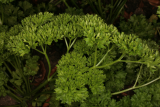
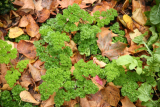
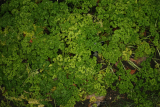
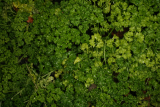
.JPG)
.JPG)
